Unnaturally smooth and rectangular terraces thrust out of rough rock and leafy foliage. I’m struck by the contrast between the chaotic and vibrant beauty of nature and the symmetry of this beige monstrosity.
It’s ugly.
My first impressions of Frank Lloyd Wright’s Fallingwater in Mill Run, Pennsylvania were most unkind. But curb appeal isn’t everything.
Inside is open and airy. The boring beige concrete that so dominates the exterior diminishes in importance, replaced by natural-looking stone, steel, and glass. The modernist affront of the façade is softened by a fittingly rustic decor with Asian touches. And everywhere there is water, either in sight or in sound.
Designed as a vacation home for the Kaufman family in 1935, Wright took the groundbreaking approach of integrating the house with the 30-foot Bear Run waterfall. Cantilevers project living areas directly over the stream and the falls. Full length windows and terraced ceilings encourage the eye to wander outside. Nearly 2,500 square feet of patio, almost half of Fallingwater’s total space, beckons visitors to do the same.
Everywhere you’re reminded of nature. Narrow hallways of rough hewn rock invite comparisons with caves. An unpolished boulder rises from the floor to form a hearth. The floor itself, highly waxed stone, gives the impression of a wet stream bed; an illusion complemented by the ever-present burbling of Bear Run below.
First impressions, it seems, are not always accurate. Fallingwater grew on me.
Outside again, a different vantage point gives a different perspective. From the south, with the majestic waterfall in full view, Fallingwater is more harmonious with its surroundings. The stone façade appears to have been carved directly from the cliff side. Even the beige terraces, so offensive from the north, mimic the natural cantilevers of the falls.
Mr. Wright apparently knew what he was doing after all. When do we move in?








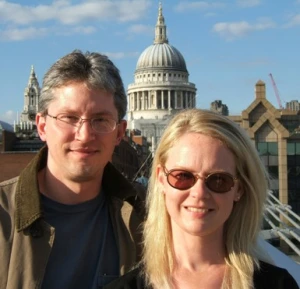
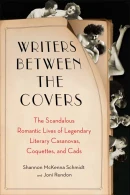




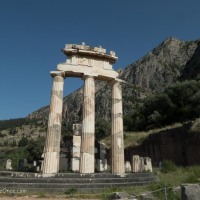


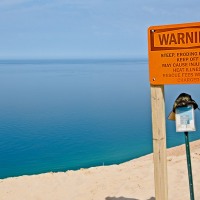
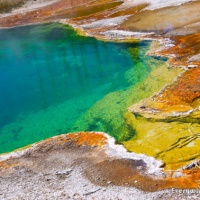
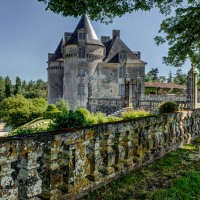
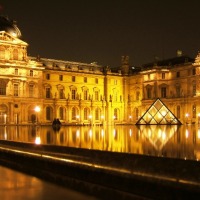
I’m so glad you went there. I love it. So many surprises. I’ve been several times with houseguests. It’s at it’s best, I think, in the spring when the rhodedendrons are in bloom.
LikeLike
Had admired “Fallingwater” from architecture magazines and & coffee table books for a long time before I finally took time off & drove from NYC to Western Pennsylvania just to see it up close. Well worth the visit, it prompted further trips to Taliesin in Spring Green, Wisconsin, Robie House in Hyde Park, and Wright’s offices & the many houses he built in Oak Park near Chicago. Ken Burns has beautifully chronicled Wright’s life & work in a made-for-PBS documentary, which adds to the enjoyment.
It was the long horizontal lines and cantilevered floors that initially appealed to me. Massive spaces seem to float, even as they are somehow integrated into a whole, and the structure sits harmoniously with nature, without disguising its man-made features. Every bit of the whole thing – including the built-in furniture and the furnishings – reflect the vision of one artist.
Like anything well-designed & executed (take the iPad, iPhone, etc. from Apple, for instance), Wright’s architecture has its quirks (design that pushed the limits of technical feasibilities of the time, leaky ceilings & all) and exerts its petty tyrannies & taxes the pocketbook of the users, but what seemed initially to be so counter-intuitive reveals a beauty that grows on you, eventually subduing all your resistance to it.
Like a rock garden or fine sashimi, Wright’s forms & aesthetics are also informed by the Japanese culture (interesting, that Steve Jobs’s calligraphy lesson had something to do with the fonts he used in Macs.) It is his genius that he saw something there that applied to the American heartland, and out of it create a style, a school, a stream of thought that would be named after “Prairie” which is unlike anything out of anywhere else in the world, but only in America.
Looking forward to reading more of Brian & Shannon’s excellent adventures!
LikeLike
“design that pushed the limts of technical feasibilities of the time, leaky ceilings . . . ” buckling floors. I get the impression Wright had more of an artistic sense than an engineering one. At the time of construction there was a huge controversy over how much steel to use to support the cantelivers. Wright won the argument, but the whole thing needed to be refortified within a generation because the cantilevers began to sag immediately.
Nonetheless, it is a beautiful house.
Thanks for stopping by and commenting.
LikeLike